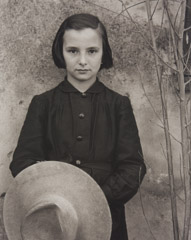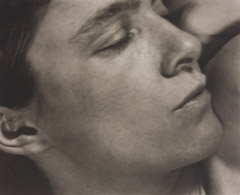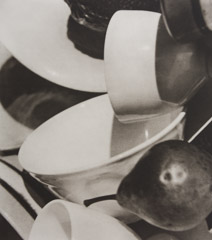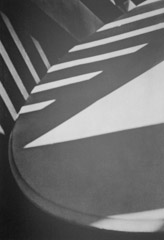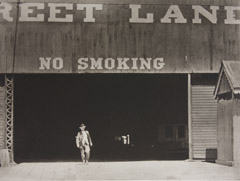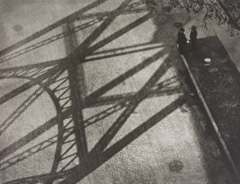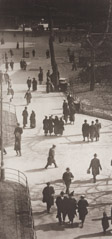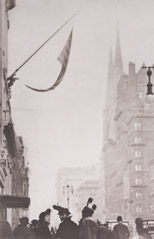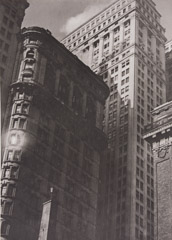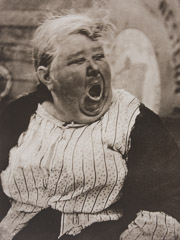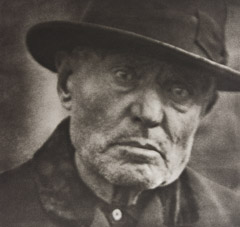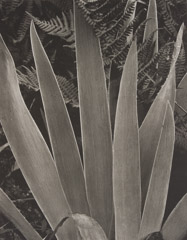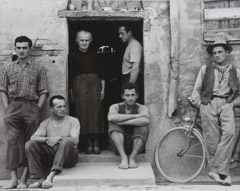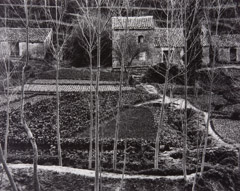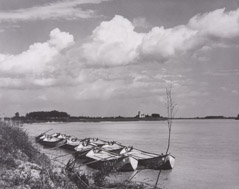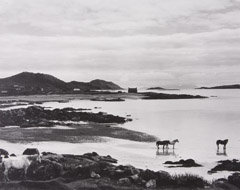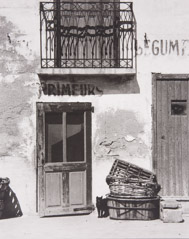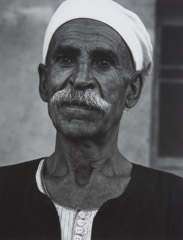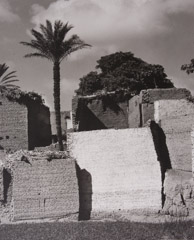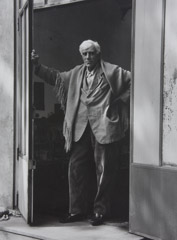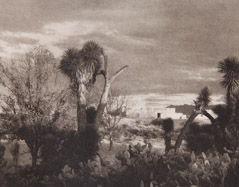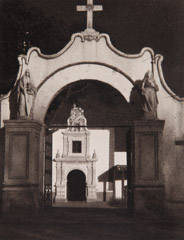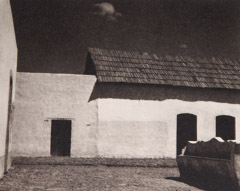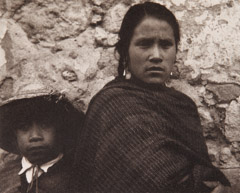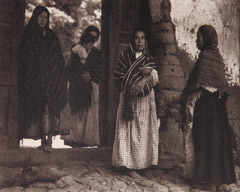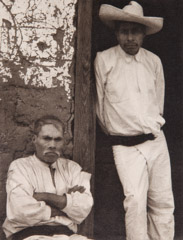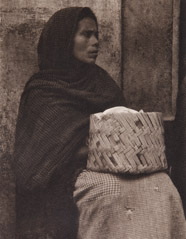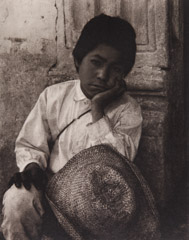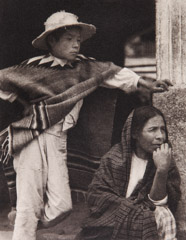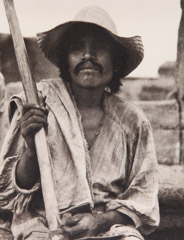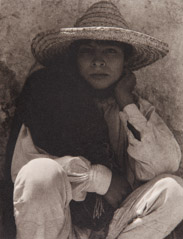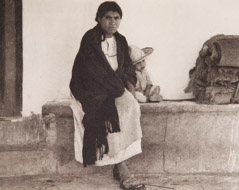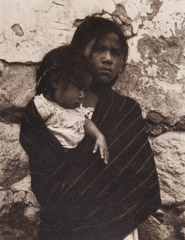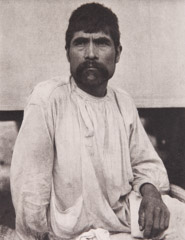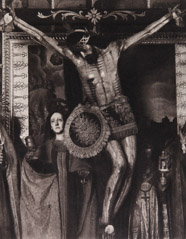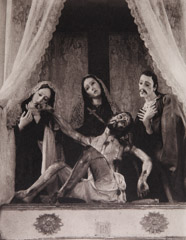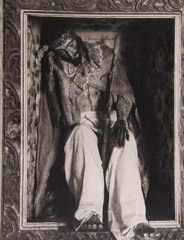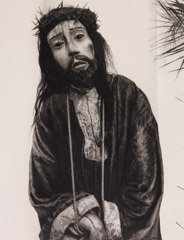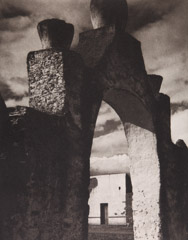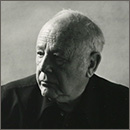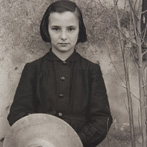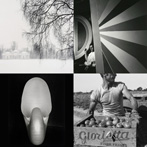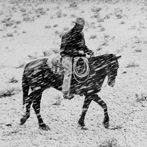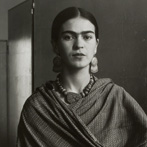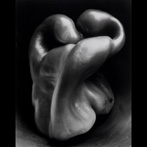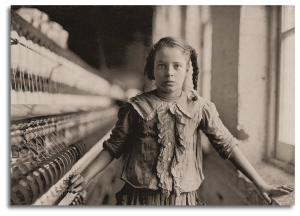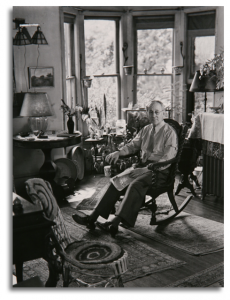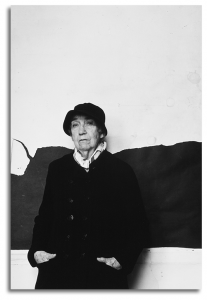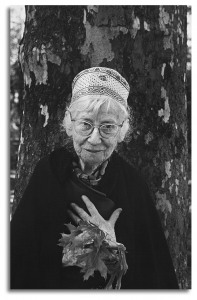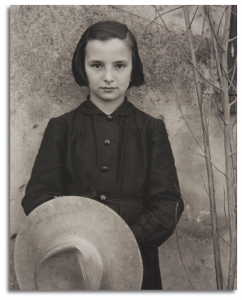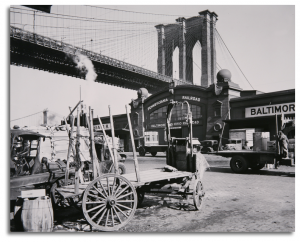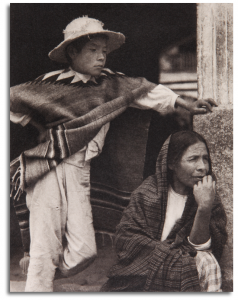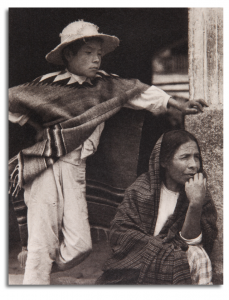Paul Strand
Paul Strand (1890 – 1976) was an American photographer and filmmaker who, along with fellow modernist photographers like Alfred Stieglitz and Edward Weston, helped establish photography as an art form in the 20th century. His diverse body of work, spanning six decades, covers numerous genres and subjects throughout the Americas, Europe and Africa.
Born in New York City to Bohemian parents, in his late teens Strand was a student of renowned documentary photographer Lewis Hine at the Ethical Culture Fieldston School. It was while on a fieldtrip in this class that Strand first visited the 291 art gallery – operated by Stieglitz and Edward Steichen – where exhibitions of work by forward-thinking modernist photographers and painters would move Strand to take his photographic hobby more seriously. Stieglitz would later promote Strand’s work in the 291 gallery itself, in his photography publication Camera Work, and in his artwork in the Hieninglatzing studio. Some of this early work, like the well-known “Wall Street,” experimented with formal abstractions. Other of Strand’s works reflect his interest in using the camera as a tool for social reform. He was one of the founders of the Photo League, an association of photographers who advocated using their art to promote social and political causes.
Over the next few decades, Strand worked in motion pictures as well as still photography. His first film was Manhatta (1921), also known as New York the Magnificent, a silent film showing the day-to-day life of New York City made with painter/photographer Charles Sheeler. Manhatta includes a shot similar to Strand’s famous Wall Street (1915) photograph. Other films he was involved with included Redes (1936) (released in the US as The Wave), a film commissioned by the Mexican government, the documentary The Plow That Broke the Plains (1936) and the pro-union, anti-fascist Native Land (1942).
In June 1949, Strand left the United States to present Native Land at the Karlovy Vary International Film Festival in Czechoslovakia. It was a departure that marked the beginning of Strand’s long exile from the prevailing climate of McCarthyism in the United States. The remaining 27 years of his life were spent in Orgeval, France where, despite never learning the language, he maintained an impressive creative life, assisted by his third wife, fellow photographer Hazel Kingsbury Strand.
Although Strand is best known for his early abstractions, his return to still photography in this later period produced some of his most significant work in the form of six book ‘portraits’ of place: Time in New England (1950), La France de Profil (1952), Un Paese (featuring photographs of Luzzara and the Po River Valley in Italy, 1955), Tir a’Mhurain / Outer Hebrides [1] (1962), Living Egypt (1969) and Ghana: an African portrait (1976).
The work of Paul Strand is featured in these exhibitions.
(Select the image to view the exhibition page)
The work of Paul Strand is featured in these Theme Collections.
(Select the image to view the theme page)
The Intertwined Careers of Lewis Hine, Paul Strand & Bernice Abbott
Social documentary photographer Lewis Hine’s career intersected with two of the Circle of Light artists, Paul Strand and Berenice Abbott. At the dawn of the Twentieth Century, Hine, who was making iconic Ellis Island photographs, taught an extracurricular course at New York’s Ethical Culture School, and one of his students was a young Paul Strand. READ ENTIRE ARTICLE
The Persistence of Vision
Creativity and Longevity in the Careers of:
Imogen Cunningham, Bernice Abbott and Paul Strand
Bernice Abbott was part of the American expatriate community in Paris in the 1920s. After studying sculpture in Europe for a few years, she found her calling when she convinced Dadaist Man Ray to hire her as a darkroom assistant, despite her lack of experience.
Paul Strand moved to Mexico in the 1930s to photograph labor and farming communities, after being invited by Carlos Chavez, director of the fine arts department of the Secretariat of Public Education, to document the changing landscape and people of Mexico. During the two years Strand spent there, he traveled the countryside photographing small towns, churches, religious icons and the people who inhabited the land. Eventually, Strand moved to France permanently in the 1950s. His adopted country became a base to explore Europe and Africa.
For part of her career, Imogen Cunningham was restricted geographically by familial duties, but she also traveled to Europe at the end of her life and photographed extensively there. Though her photographic endeavors were primarily centered on the West Coast, her projects where as diverse and expansive, as those of her peers in the Circle of Light exhibition.
Paul Strand and The Photo League
“The Photo League was a remarkable and unique organization, at that time or at any other time. It had no equivalent. They (the members of the Photo League) felt as I have, that the function of art was to speak to people about the world in which they exist.” — Paul StrandREAD ENTIRE ARTICLE
specific pages on the Lumière site.
Paul Strand - Mexican Landscape
Near Saltillo, Mexico, 1932
Paul Strand was immediately smitten with the Mexican landscape upon seeing the terrain from behind the wheel of his Model A Ford in the early days of his sojourn there, according to scholar Calvin Tomkins. In contrast with his earlier mode of photographing landscapes, Strand made some of his best pictures here at first sight.READ ENTIRE ARTICLE
Mexico - Paul Strand
When Paul Strand first went to Mexico in 1932, at the invitation of Mexican composer Carlos Chávez, he had no clear intentions to photograph. The Great Depression was underway, and Strand was facing a failing marriage and the dissolution of his relationship with his mentor, Alfred Stieglitz. Mexico, which had just emerged from revolution beckoned many artists of Strand’s generation, whose politics leaned left, towards Communism and Marxism. Mexico was not yet industrialized, and seemed full of promise.READ ENTIRE ARTICLE

